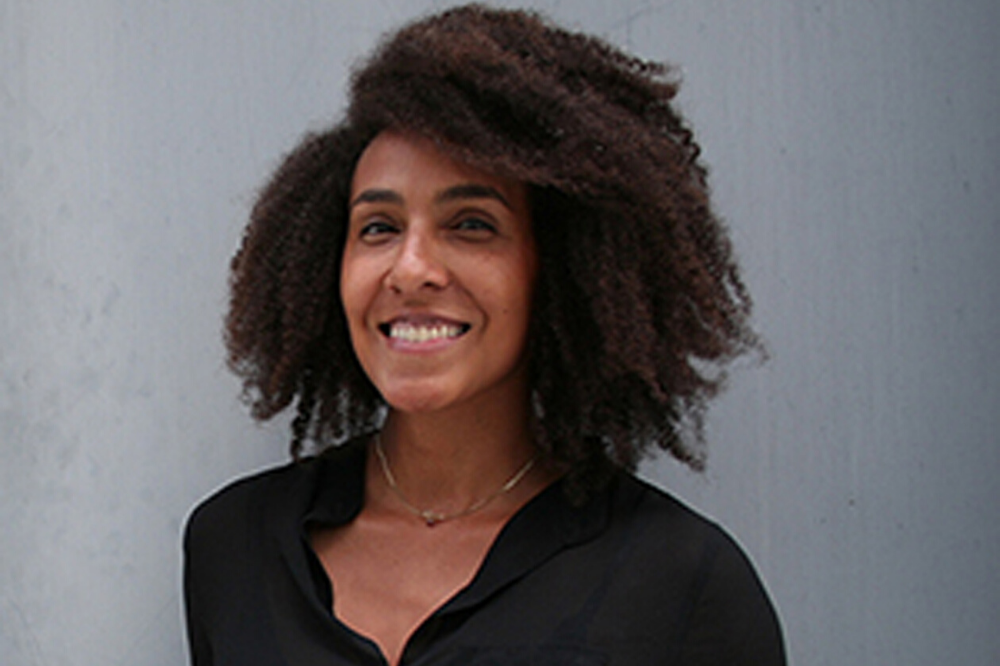As people around the United States and the world experience an unprecedented year of unrest, protest, and awakening to anti-black racism, many are seeking tangible ways to support the Black Lives Matter movement, re-think diversity and inclusion, and transform systems and culture in service of equity. We caught up with Kaci Taylor, owner of THE5WH, and currently Colorado’s only licensed female Black architect, and asked her to share her own compelling story. In this interview, Kaci encourages us to consider ways in which the transformation of physical space can be a part of the Black Lives Matter movement today, and also help us to continue momentum forward into the future.
Kaci, what made you decide to become an architect?
I learned of the importance of my surroundings at a very early age. As the saying goes, you are who you surround yourself with. I believe this also applies to your physical space. As a very shy kid growing up in LA, it was very important to me to be around people, and in spaces, that made me feel comfortable. I was exposed to both quality and not-so-quality spaces, so I became very in tune with how a space could be uplifting and create a sense of hope, as well as how it could depress. I basically became fascinated with learning how to create positive environments for myself, as well as for others.
In your work, what are you most passionate about?
I love how much our surroundings shape who we are and how we live our lives. Design impacts all aspects of our lives. It is the foundation of our interactions, our experiences, and our connections. I love it because we get to choose how we design our environments, so we have the power to determine how our surroundings impact us. There is nothing more empowering than knowing that we have the choice to positively influence our own lives.
Being a part of the process of working with others to create and build spaces that create positive impact, for themselves and their communities, is what I love about being an architect. It really gives me hope.
How can we think about physical space and architecture differently, in service of the Black Lives Matter movement and the country’s current focus on antiracism?
First, I think it is important to acknowledge that the spaces we inhabit were not designed with BIPOC in mind. In fact, many of these spaces were designed as constant reminders to instill fear into its non-white citizens through subtle, and sometimes not-so-subtle, reminders that they were once owned, enslaved, beaten, and murdered at the whim and for the benefit of white people.
These reminders manifest themselves not only in the form of statues, or the names of buildings, but are also found in physical elements that allude to the architecture of the past, the architecture that was designed to oppress. These architectural elements by themselves are not racist, but the cultures that produced them certainly are. Architecture is a physical manifestation of the values and ideologies of both its architect and its society. If you do not want racist or discriminatory spaces, then you need to hire architects and work with clients who have a deep understanding of and have confronted their own personal biases, allowing them to create spaces that are, in practice, actively inclusive.
Once we are aware of these realities, then we can approach design from a different perspective. The design of spaces then becomes about actively learning and engaging with the context of space, and not just the physical or environmental contexts, but the social and cultural ones as well. You have to gain an understanding of what people actually want and need, not what you think they need.
The only way to successfully do this is by asking questions — of the client, of the end user, of yourself as a designer. Determining the who, what, when, where, why, and how of every site and every project is critical if you want to create inclusive, non-discriminatory spaces. This is how I approach the process of design through my company THE5WH. It starts with asking questions and listening to the answers.
Give me one or two ways each of these types of physical spaces can contribute to anti-racism and inclusivity:
I think it is the values and ideologies of the people who develop, build, design, manage, and inhabit a space are what can contribute to anti-racism and inclusivity. I think these physical spaces in and of themselves, exclusive of the human intervention, are neutral. They are a medium in which people can pass their values and ideologies through to impact others, positively or negatively. It’s the use, programs, policies, the implementation of those policies that allow for spaces to be anti-racist and inclusive to all.
It is important to note that there are physical elements within the built environment that can be triggers for BIPOC. From specific historical architectural styles to monuments and statues, from physical barriers to even how you enter a building, it is critical to understand someone’s past in order to design for their present and future.
The most effective way of designing in service of anti-racism is through engagement. As designers, we need to spend significantly more time early on in the design process engaging with the end users, the community, and any other group of people who will be impacted by a project. If done correctly, this approach not only allows you to gain the critical information of what a community wants and needs – directly from the community itself – but also is proof that architecture and design are, at their core, for everyone.

